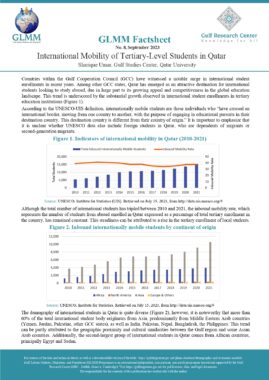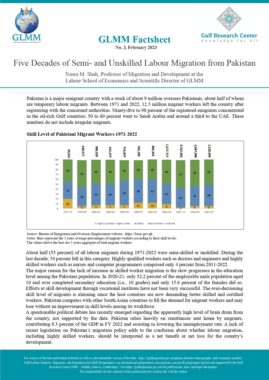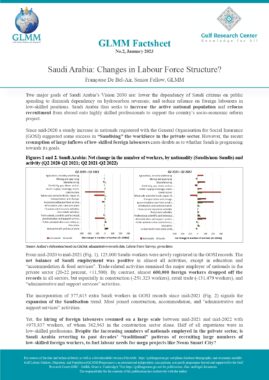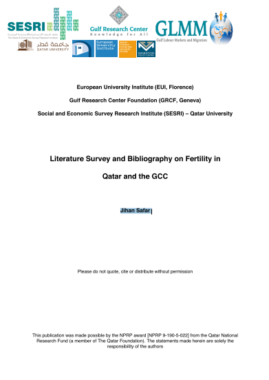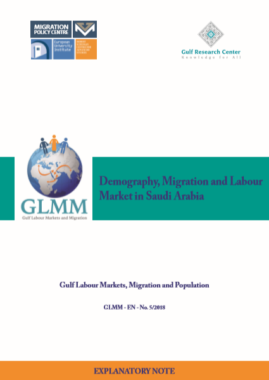Oman: Population aged 15 and above by nationality (Omani/ non-Omani), marital status and governorate (administrative region) of residence (2010)

| Omanis | Expatriates | |||||||||
| never married | married | divorced | widowed | Total | never married | married | divorced | widowed | Total | |
| Muscat | 120,959 | 137,652 | 5,747 | 9,305 | 273,663 | 74,357 | 243,853 | 3,247 | 3,247 | 324,705 |
| Dhofar | 50,058 | 52,030 | 3,396 | 4,162 | 109,647 | 19,564 | 55,495 | 533 | 533 | 76,125 |
| Musandam | 7,001 | 7,303 | 151 | 650 | 15,106 | 2,386 | 5,860 | 67 | 110 | 8,424 |
| Al – Buraymi | 13,221 | 13,529 | 447 | 755 | 27,952 | 6,662 | 17,724 | 224 | 249 | 24,858 |
| Ad -Dakhliyah | 70,778 | 87,344 | 2,343 | 7,028 | 167,492 | 14,537 | 38,730 | 54 | 488 | 53,809 |
| Al – Batinah North | 115,699 | 124,560 | 3,291 | 9,620 | 253,171 | 23,868 | 63,588 | 802 | 712 | 88,970 |
| Al-Batinah South | 68,035 | 73,418 | 2,093 | 5,981 | 149,528 | 12,698 | 37,381 | 459 | 459 | 50,997 |
| Ash – Sharqiyah North | 40,659 | 49,082 | 3,001 | 4,066 | 96,808 | 7,636 | 19,849 | 309 | 309 | 28,103 |
| Ash – Sharqiyah South | 35,394 | 42,439 | 2,265 | 3,774 | 83,872 | 7,559 | 16,596 | 271 | 197 | 24,623 |
| Adh-Dhahira | 35,894 | 37,996 | 856 | 3,192 | 77,939 | 7,728 | 22,998 | 249 | 187 | 31,162 |
| Al – Wusta | 4,766 | 6,040 | 507 | 484 | 11,797 | 5,341 | 17,228 | 91 | 68 | 22,728 |
| Total | 562,466 | 631,394 | 24,098 | 49,017 | 1,266,975 | 182,338 | 539,301 | 6,306 | 6,559 | 734,504 |
Source: Ministry of National Economy
ANNEXED NOTE
1. Technical Notes and Definitions
The table refers to the population recorded during census 2010.
The Ministry of National Economy of Oman has conducted three censuses in 1993, 2003 and 2010.
The date of reference for census 2010 is December 12, 2010. Period of implemention: December 12 to 21, 2010. The Sultanate uses the de jure and the de facto approach in the enumeration.
For information on technical means used in Oman’s censuses, please see:
http://unstats.un.org/unsd/demographic/meetings/Conferences/Korea/2012/docs/s07-5-1-Oman.pdf
Some minor discrepancies in totals between tables may occur, due to recalculation of data which is presented as percentages in the original source.
2. Institution which provides data
National Center for Statistics and Information (NCSI)
3. Data availability
The National Center for Statistics and Information (NCSI) processes and disseminates all statistical data of use to the public and to government action.
1993′ and 2003’s census results are not available online. However, they are quoted in recent publications released by NCSI (Annual Statistical Yearbooks, survey results, studies).
2010’s census results are available on NCSI’s website, in several thematic publications, in the “publications” section
http://www.ncsi.gov.om/NCSI_website/N_publications_ar.aspx
http://www.ncsi.gov.om/NCSI_website/N_publications.aspx
The present results have been retrieved from “Oman’s Demographic and Social Atlas” published November 2013. The Atlas maps a selection of 2010′ census results by region (governorates, or mohafazat) and subregion (wilaya).
Data tabulated in the Atlas are presented as percentages. Data presented here were recalculated from these percentages.
http://www.ncsi.gov.om/NCSI_website/publicationattachment/national%20center%20text%20ctp.pdf
Last date of access: October 2014.
Similar Posts:
- Oman: Population aged 15 and above by nationality (Omani/ non-Omani) and marital status (2010)
- Oman: Population aged 15 and above by nationality (Omani/ non-Omani) and education level (2010)
- Oman: Population aged 15 and above by nationality (Omani/ non-Omani), education level and governorate (administrative region) of residence (2010)
- Oman: Population by nationality (Omani/ non-Omani) at dates of census (1993; 2003; 2010)
- Oman: Population by nationality (Omani/ non-Omani) and governorate (administrative region) of residence (2003).
 In case the links to the primary data source are broken, please refer to the new Ministry of Manpower website until the links are restored.
In case the links to the primary data source are broken, please refer to the new Ministry of Manpower website until the links are restored.














